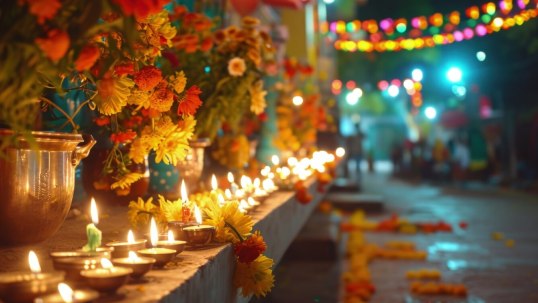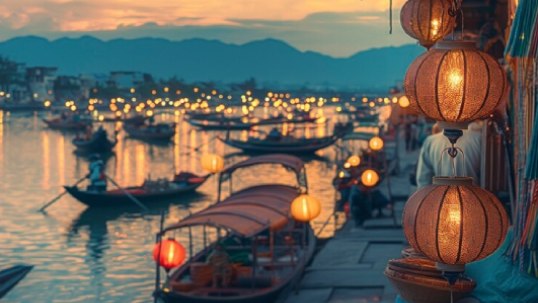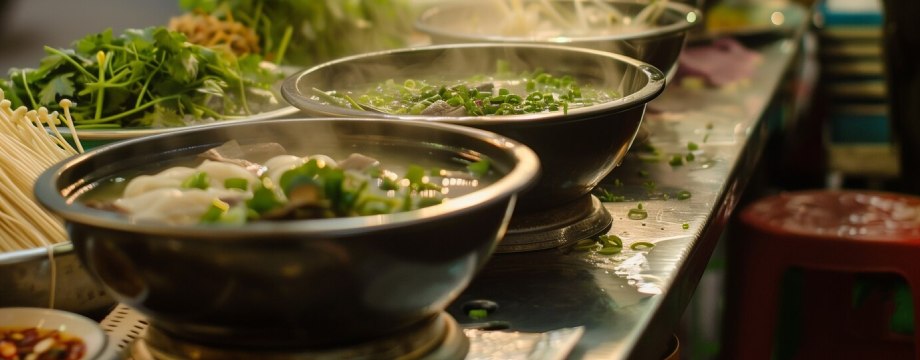
Because of its location at a busy crossroads of trade routes, Thailand has absorbed customs and beliefs from all over Asia and beyond. Local traditions blended with the strong presence of Buddhism to shape Thailand’s art, spirituality, and way of life. This fascinating fusion is what makes Thai culture so captivating – it’s a unique blend that permeates everything you see and does in Thailand.
Historical Background of Thailand
Being right in the center of Southeast Asia, it was a natural hub for trade and cultural exchange for centuries, which is what shaped its unique identity. Thailand’s story starts with powerful kingdoms like Sukhothai and Ayutthaya that ruled between the 13th and 18th centuries. These empires left their mark everywhere you look in Thailand, from incredible architecture to beautiful art and strong religious traditions. Throughout the years, Thailand has been like a cultural sponge, soaking up influences from all over without losing its traditions. Whether it was the arrival of Buddhism or even the arrival of Europeans, Thailand has embraced new ideas, creating a rich mix of cultures that’s still captivating today.
Thai Traditions and Customs
One of the most prominent customs in Thai society is the Wai, a graceful gesture of greeting and respect. This simple yet elegant bow, accompanied by a prayer-like hand gesture, is a fundamental aspect of Thai etiquette and is practiced in various settings, from formal occasions to casual encounters.
Another significant tradition is the concept of Sanuk, which translates to “having fun” or “enjoying life.” This philosophy emphasizes the importance of finding joy in everyday moments and embracing a lighthearted approach to life. It is reflected in Thailand’s vibrant festivals, lively music, and the infectious smiles of its people.
Major Thai Festivals
A myriad of vibrant festivals punctuates Thailand’s cultural calendar, each offering a unique glimpse into the nation’s rich heritage and traditions. These celebrations are not merely occasions for merriment but also opportunities to honor ancient customs and strengthen community bonds.

Songkran Festival
Celebrated in mid-April, Songkran marks the traditional Thai New Year. Water fights, parades, and the symbolic cleansing of Buddha images characterize this joyous occasion. It is a time for family gatherings, renewal, and the washing away of misfortunes from the previous year.

Loy Krathong
As the full moon rises in November, Thailand comes alive with the enchanting Loy Krathong festival. Beautifully adorned krathongs (floating baskets) are released onto rivers and lakes, carrying away bad luck and making wishes for the coming year.

Vegetarian Festival
Held annually in various parts of Thailand, the Vegetarian Festival is a unique celebration that honors the Chinese community’s spiritual beliefs. During this nine-day event, participants observe a strict vegetarian diet and engage in various rituals and processions.
Thai Cuisine – A Culinary Journey
Thai dishes are often characterized by their vibrant colors and intricate presentations, reflecting the artistic flair and attention to detail inherent in Thai culture. From the fragrant curries and savory noodle dishes to the refreshing salads and tantalizing street food, each bite offers a glimpse into the rich culinary heritage of this captivating nation.
One of the hallmarks of Thai cuisine is its emphasis on freshness and seasonality. Ingredients are carefully selected and combined to create harmonious flavors that celebrate the bounty of the land and sea. Whether it’s the juicy mangoes of the tropical north or the succulent seafood from the crystal-clear waters of the Andaman Sea, Thai chefs masterfully showcase the best of what nature has to offer.
Traditional Thai Arts and Crafts
From intricate silk weaving and intricate woodcarving to delicate ceramic work and vibrant paintings, the country boasts a diverse array of artistic expressions that have been passed down through generations.- Silk Weaving – Thai silk is renowned for its exceptional quality and intricate patterns. The art of silk weaving has been a cherished tradition for centuries, with each region showcasing its unique styles and techniques.
- Woodcarving – Thai woodcarvers are true masters of their craft, transforming ordinary pieces of wood into exquisite works of art.
- Ceramics – Thailand’s ceramics industry has a long and storied history, with various regions developing distinct styles and techniques.
Religion and Spiritual Practices in Thailand
Buddhism, the main religion, has left its mark on everything from stunning temples to everyday customs. The ideas of karma, rebirth, and reaching enlightenment are all part of the Thai way of thinking, guiding people’s actions and how they interact with each other. Everywhere you look, you’ll see signs of Buddhist faith, from the peaceful statues with gold decorations to the many temples scattered across the country. These statues are a constant reminder of the importance of inner peace and the spiritual journey. But religion in Thailand isn’t just one thing. Animism, the belief that spirits live in nature, is also woven into the cultural fabric. There are many rituals and ceremonies to honor and appease these spirits, making Thailand a place where tradition and belief go hand in hand.
Conclusion
Picture Thailand’s culture as a vibrant tapestry interwoven with ancient traditions, spiritual beliefs, and artistic flair. Everywhere you turn, there’s something to captivate the senses – grand temples with intricate details, colorful festivals bursting with energy, delicious food that tantalizes your taste buds, and, of course, the welcoming smiles of the Thai people. This enchanting country is a kaleidoscope of experiences, a place that leaves a lasting impression on everyone who visits.